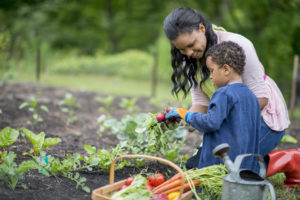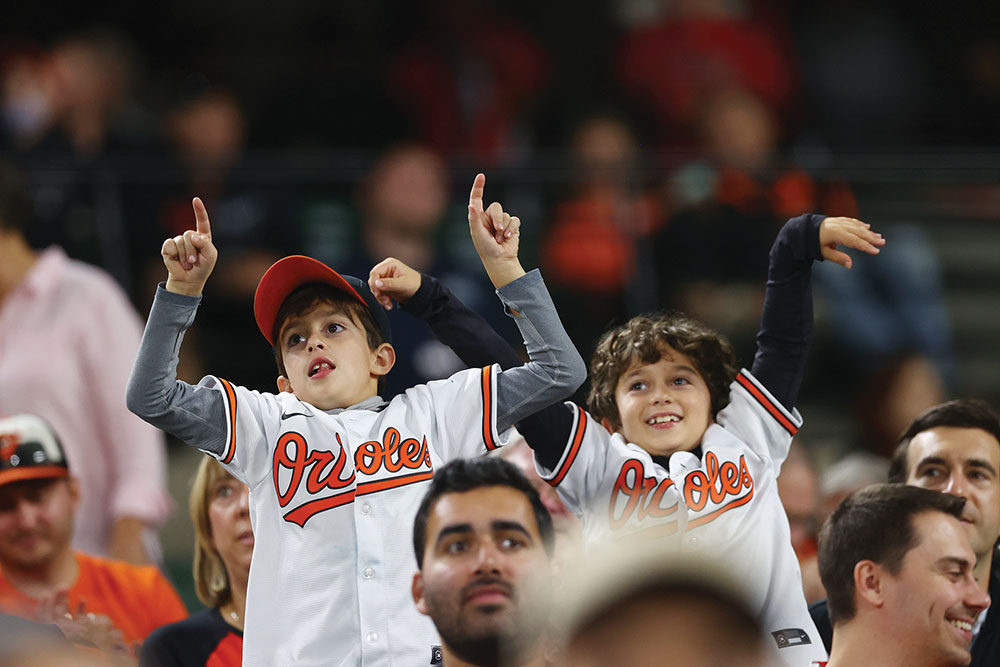When my children were young we had a small vegetable garden that was a source of anticipation and picking pleasure for many years. The tiny shoots of green would sprout from the soil, optimistically becoming a salad large enough to feed the neighborhood. It was wonderful to celebrate the tremendous possibilities in a tiny seed. Needless to say, our dinner salads were supplemented with heads of lettuce from the farmers’ market and with bags of carrots, cucumbers and tomatoes. But the idea that a tiny seed could split open its shell and come forth with such potential was not lost on any of us.
 Once our seeds were gently placed in the soil and covered with tender pats from tiny hands, they became a small part of the cycle of growth that keeps us all nourished. Most of what we eat today comes from a corporate farm with cultivators and combines that create rows on rows of soft, brown furrows stretching for miles and miles.
Once our seeds were gently placed in the soil and covered with tender pats from tiny hands, they became a small part of the cycle of growth that keeps us all nourished. Most of what we eat today comes from a corporate farm with cultivators and combines that create rows on rows of soft, brown furrows stretching for miles and miles.
In other cases, seeds fall indiscriminately from trees or flowers and are haphazardly carried on the wind or on the wings of a bird or a bee. Sometimes it’s even the fur of a wandering animal that brings seeds to where they’ll be washed into the soil by the rain and hopefully, find nourishment. None of these growing methods, not the large-scale business of farming or the haphazard ways of Mother Nature, could compete with the individual attention and care bestowed on the seeds in our back-yard garden.
Parenting has much more in common with our small plot than with the corporate method, or even with the whims of Mother Nature. Some seeds need more water than sun on a particular day. They will grow directly toward a beam of sunlight, but if it’s too much, they’ll get top-heavy and fall back to the ground. Most do best with indirect light, light that guides and encourages, but isn’t too strong or too directed. Some will actually grow straighter and stronger if left for a time without too much tending, with a nudge toward independence.
Knowing what’s best for each child, each day, is a gift built on experience, intuition and a familiarity with development. Balancing the different needs of individuals growing in the same garden is a bigger challenge than using a tractor. As you reflect on the growth of your children, look on them as individuals, all benefiting from the care and attention of the adults in their lives who strive to give them what they need at each point in time. One day your children may resemble my own little entrepreneurs, making a neighborhood vegetable stand and trying to sell you the produce from your own garden.
I may have neglected the next lesson about deducting the cost of the seeds and fertilizer, but all three have grown into adults with healthy eating habits and gardens and plants of their own. And it’s their children, the next generation, that is beginning to understand why a tomato tended and nourished in a back-yard garden has a much sweeter flavor than one bought at the store.








